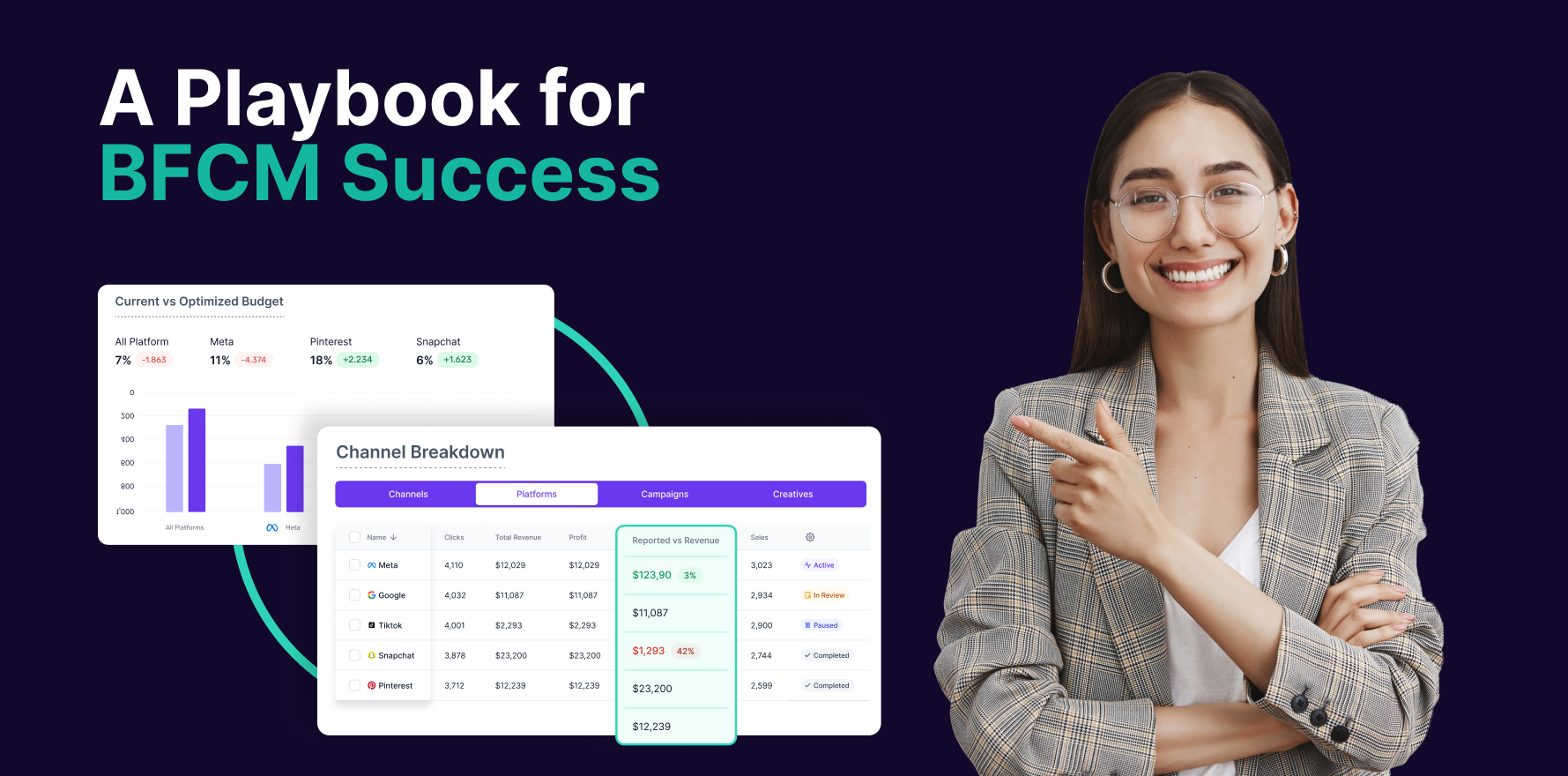The world of marketing has undergone a remarkable transformation in recent years, with the rise of digital channels and the growing significance of customer insights. In this context, omni-channel marketing has emerged as a powerful approach to reach and engage target audiences across multiple channels.
Understanding Omni-Channel Digital Marketing
Before we explore the benefits of omni-channel digital marketing, it’s essential to define the term accurately. In simple terms, omni-channel marketing refers to a strategy in which a company integrates and coordinates its various marketing channels to deliver a consistent and seamless experience to customers.
Defining Omni-Channel Marketing:
Omni-channel marketing involves using every channel, be it online or offline, to connect with and influence customers. This marketing approach is entirely customer-focused, with the focus being on providing an integrated and seamless experience to the customer at every point of the buying process.
For instance, a customer may start their buying journey by browsing a company’s website on their laptop, then continue on their mobile device, and finally make a purchase in-store. With an omni-channel approach, the customer would have a consistent experience across all these channels, with the same products, prices, and promotions being displayed.
The Importance of a Unified Marketing Strategy:
While the marketing channels may be different, they should all be linked and synchronized to produce a unified and consistent message across all the channels. Such a cohesive and coordinated strategy is crucial to ensure that the customers can receive the same message, no matter the channel they use.
Moreover, a unified marketing strategy can help companies to build a stronger brand identity, increase customer loyalty and retention, and ultimately drive sales and revenue growth.
Key Components of an Effective Omni-Channel Approach:
The fundamental elements of an effective omni-channel approach include identifying your target audience, integrating multiple channels, and personalizing the customer experience.
Firstly, it’s essential to understand your target audience and their preferences and behaviors across different channels. This knowledge can help you to tailor your marketing messages and campaigns to resonate with your customers and drive engagement and conversions.
Secondly, integrating multiple channels involves ensuring that your marketing efforts are consistent and coordinated across all touchpoints. This can include your website, social media, email marketing, mobile apps, and in-store experiences.
Finally, personalizing the customer experience involves using data and analytics to deliver highly targeted and relevant content and offers to individual customers. This can help to increase customer satisfaction and loyalty, as well as drive repeat purchases and referrals.
Omni-channel digital marketing is a customer-focused approach that can help companies to deliver a seamless and consistent experience across all marketing channels. By integrating multiple channels, personalizing the customer experience, and building a unified marketing strategy, companies can drive engagement, loyalty, and revenue growth in today’s competitive digital landscape. For all this to work, however, there’s a need for accurate data to track what’s working and what’s not. Fortunately, Attrock has a curated list of the most up-to-par performance marketing platforms that can help.
Identifying Your Target Audience
The first step in any effective marketing approach is to understand your target audience. A truly successful omni-channel digital marketing campaign should involve a deep understanding of your customers and their needs and preferences.
Knowing your target audience is essential for any business. It helps you to create effective marketing campaigns, develop products and services that meet their needs, and build customer loyalty. Here are some additional ways to identify your target audience.
Creating Buyer Personas:
One way to achieve this is by creating buyer personas. These are fictionalized representations of your ideal customers, and they should outline their characteristics, demographics, preferences, and behaviors. By creating detailed buyer personas, you can tailor your marketing messages to the specific needs and preferences of each customer group.
For example, if you’re selling fitness equipment, your buyer personas may include gym-goers, busy moms, and athletes. Each persona would have different needs and preferences, so your marketing messages would need to be tailored accordingly.
Analyzing Customer Data and Behavior:
Another way to gain insights into your target audience is by analyzing customer data and behavior. You can use metrics such as purchase history, website visits, email opens, and social media interactions to gain insights into customer behavior. These insights can help you tailor your marketing messages and personalization efforts to each individual customer.
For instance, if you notice that a particular customer has been browsing your website for a specific product, you can send them an email with a personalized offer for that product. This will increase the chances of them making a purchase and becoming a loyal customer.
Leveraging Social Media Insights:
Social media platforms such as Facebook and Twitter offer an excellent opportunity to gain customer insights and engage with your target audience. By analyzing your social media metrics and conversations, you can gain insights into customer preferences, needs, and behavior. You can then use this information to adjust your marketing strategy and messaging to resonate more effectively with your target audience.
For example, if you notice that your target audience is engaging more with video content than text-based content, you can adjust your social media strategy to include more video content. This will help you to better engage with your target audience and increase brand awareness.
Understanding your target audience is crucial for any successful marketing campaign. By creating detailed buyer personas, analyzing customer data and behavior, and leveraging social media insights, you can gain a deeper understanding of your customers and create more effective marketing messages that resonate with them.
Personalizing the Customer Experience
Personalization is a crucial element of omni-channel digital marketing. As we mentioned earlier, customers expect a seamless and personalized experience across all marketing channels. Let’s take a closer look at the role of personalization in omni-channel marketing.
In today’s fast-paced world, customers are bombarded with an overwhelming amount of information. They are constantly scrolling through social media feeds, receiving emails, and browsing websites. With such a high volume of information, customers are more likely to engage with content that is personalized to their interests and needs.
The role of personalization in omni-channel marketing is to provide a tailored experience for each customer. By delivering personalized content, messages, and offers, you can create a unique experience that resonates with each customer. This can increase customer satisfaction, loyalty, and ultimately, revenue.
The Role of Personalization in Omni-Channel Marketing:
Personalization involves delivering tailored content, messages, and offers to individual customers based on their preferences, behavior, and demographics. A personalized experience makes the customer feel valued and special, increasing the likelihood of repeat purchases and referrals.
Personalization can take many forms, including personalized product recommendations, personalized email subject lines, and personalized landing pages. By using data-driven insights, you can create a customized experience that is tailored to each customer’s unique needs and preferences.
Implementing Personalized Messaging and Offers:
To create a personalized and targeted message, you can use your buyer personas and customer data insights to craft tailored content that resonates with each customer. By offering personalized discounts, promotions, and offers, you can incentivize repeat purchases and foster customer loyalty.
For example, if you have a customer who frequently purchases running shoes, you can send them a personalized email with a discount code for their next purchase. This not only makes the customer feel valued, but it also increases the likelihood of a repeat purchase.
Using Data-Driven Insights for Customization:
Data-driven insights can help you find patterns in customer behavior and preferences. Using these insights, you can customize every element of the customer experience, from product recommendations to email subject lines and landing pages.
For example, if you notice that a particular customer has been browsing a specific product category on your website, you can send them a personalized email with product recommendations in that category. This not only provides value to the customer, but it also increases the likelihood of a purchase.
Personalization is a crucial element of omni-channel marketing. By delivering a tailored experience to each customer, you can increase customer satisfaction, loyalty, and revenue.
Integrating Multiple Marketing Channels
One of the key elements of omni-channel digital marketing is the integration of multiple marketing channels. An effective omni-channel approach involves using all available channels to connect with and influence customers.
But what does it mean to integrate multiple marketing channels? Essentially, it means using a variety of different channels to reach your target audience. This might include using social media, email marketing, online advertising, and even in-store displays to connect with customers and influence their buying decisions.
Combining Online and Offline Channels:
An effective omni-channel approach should involve integrating online and offline channels seamlessly. This integration could involve using in-store digital displays, social media, online advertising, and email marketing to connect with customers and influence their buying decisions.
For example, imagine you own a clothing store. You might use in-store displays to showcase your latest products, while also running targeted online ads to reach customers who have shown an interest in similar products. You might also use email marketing to follow up with customers who have recently made a purchase, offering them personalized recommendations based on their past buying behavior.
Utilizing Email Marketing and Automation:
Email marketing can add significant value to your omni-channel digital marketing campaign. By personalizing your email messages and automating your email campaigns, you can create a consistent and seamless experience for your customers. Automation can also help you nurture leads and follow up with customers effectively.
For example, you might use email marketing to send personalized recommendations to customers based on their past purchase behavior. You might also use automation to send follow-up emails to customers who have recently made a purchase, offering them additional products or services that might be of interest.
Incorporating Social Media Platforms:
Social media platforms such as Facebook and Twitter are popular channels for customer engagement. By using these platforms to communicate with your target audience and deliver personalized messages, you can build a loyal fan base and drive customer loyalty.
For example, you might use social media to run targeted ad campaigns, offering exclusive discounts or promotions to your followers. You might also use social media to showcase your latest products and engage with customers who have questions or concerns about your brand.
Leveraging Content Marketing and SEO:
Content marketing and SEO can help your business rank higher in search engine results pages and generate leads. By creating high-quality content, you can provide value to your target audience and establish your business as an authority in your industry.
For example, you might create a blog to showcase your expertise in your industry, offering tips and insights that are relevant to your target audience. You might also use SEO to optimize your website for search engines, making it easier for potential customers to find your business online.
Integrating multiple marketing channels is essential for any business looking to succeed in today’s digital landscape. By using a variety of different channels to connect with and influence customers, you can create a seamless and personalized experience that drives customer loyalty and boosts your bottom line.
Conclusion
Omni-channel digital marketing is an imperative for businesses that seek to reach and engage their target audience effectively. By integrating multiple marketing channels, identifying your target audience, and personalizing the customer experience, you can build a loyal fan base and drive business growth. Adopting a comprehensive omni-channel approach is critical to stay relevant and competitive in today’s fast-paced and ever-evolving digital landscape.
In conclusion, Lifesight is a powerful tool for businesses looking to unlock the power of omni-channel digital marketing and reach their target audience. With its audience segmentation, personalization, attribution, cross-channel optimization, and real-time insights capabilities, Lifesight enables businesses to create highly effective campaigns that resonate with their audience, leading to higher engagement rates, conversions, and revenue.
You may also like
Essential resources for your success






















































